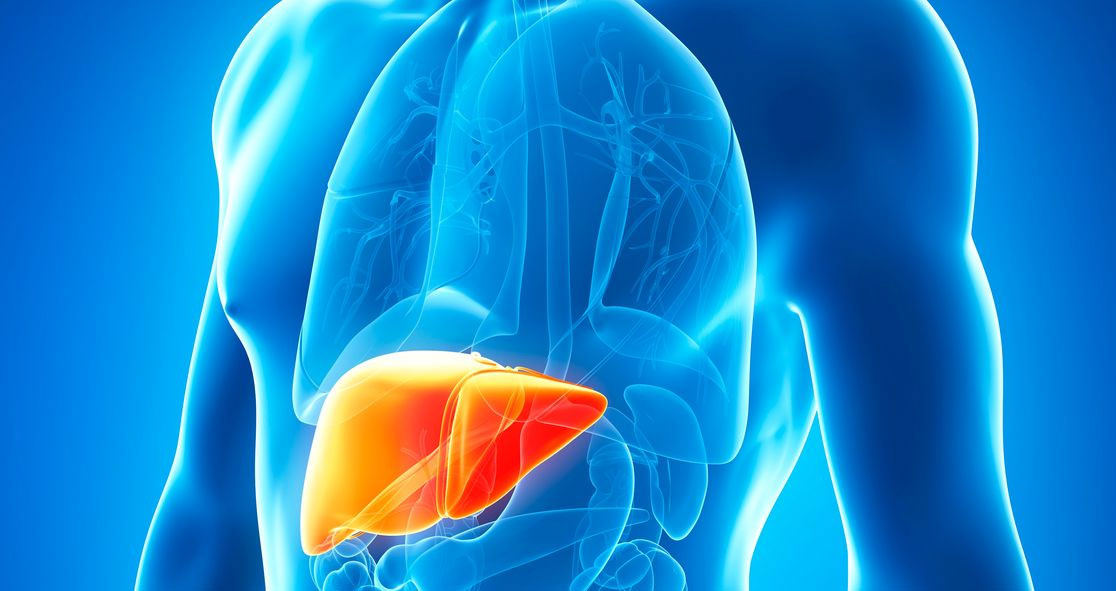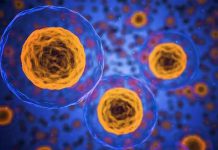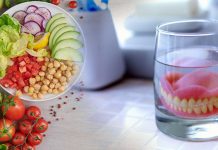A new study has found that a high-fat diet combined with the consumption of beverages sweetened with liquid fructose accelerates the accumulation of fats in the liver and causes hypertriglyceridemia, one of the most common cardiovascular risk factors.
The study conducted on the mouse model was published in the journal Molecular Nutrition and Food Research.
Liquid fructose is the most common sweetener used in the food industry. It is a simple sugar (monosaccharide) industrially obtained from corn syrup, which derives gramineae. Despite scientific evidence suggesting that fructose is associated with metabolic disorders, it is used to sweeten beverages, sauces, and processed foods.
The new study shows that fructose increases the synthesis of fatty acids in the liver.
Lead author Prof. Juan Carlos Laguna said, “In high-fat diets which are supplemented with liquid fructose, this monosaccharide is able to induce an increase in the de novo lipogenesis — that is, the formation of fats through sugar — and an inhibition of the lipid oxidation in the liver.”
“In particular, fructose intake affects directly the expression and activity of the nuclear factor ChREBP,” he added. “Once activated, this factor causes an increase in the expression of enzymes that control the hepatic synthesis of fatty acids.”
“Parallelly, fructose intake reduces the activity of the nuclear receptor PPARalfa, which is the main responsible for the controlling of the expression of genes that code the enzymes involved in the fatty acid oxidation (mitochondrial and peroxisome) in the liver,” he added.
A combination of saturated fat from the diet and the synthesis of fatty acids causes the emergence of fatty liver disease.
The study’s co-author Núria Roglans said, “Moreover, we are describing for the first time that fructose — unlike high-fat diets — increases the expression of the PNPLA3 protein, associated with the appearance of hypertriglyceridemia, a risk factor for cardiovascular diseases.”
The findings could help develop drug candidates to treat non-alcoholic fatty liver disease (NAFLD).
The authors said, “People with this pathology have a higher endogenous synthesis of lipids in the liver than healthy people. Therefore, the effects described in this study might appear in humans as well.”
“Unfortunately, the fatty liver is the starting point for more serious pathologies, such as steatohepatitis and cirrhosis,” they added. “It is a practically asymptomatic pathology, although in some cases, some mild unspecific digestive disorders can appear. Apart from following a healthy diet and physical activity, there is no efficient treatment against this pathology for now.”
The team further added, “Regarding sweetened beverages, fructose is quickly absorbed and it reaches the liver massively, producing the described metabolic alterations. To find a comparison, we could talk about the appearance of a fructose overdose when this is taken in sweetened drinks.”
“However, when we eat fruit, the amount of taken fructose is a lot lower compared to a sweetened drink,” they noted.
“Also, the process of chewing it and the presence of other elements in the fruit, such as fiber, slows down the absorption of fructose and its arrival to the liver.”























